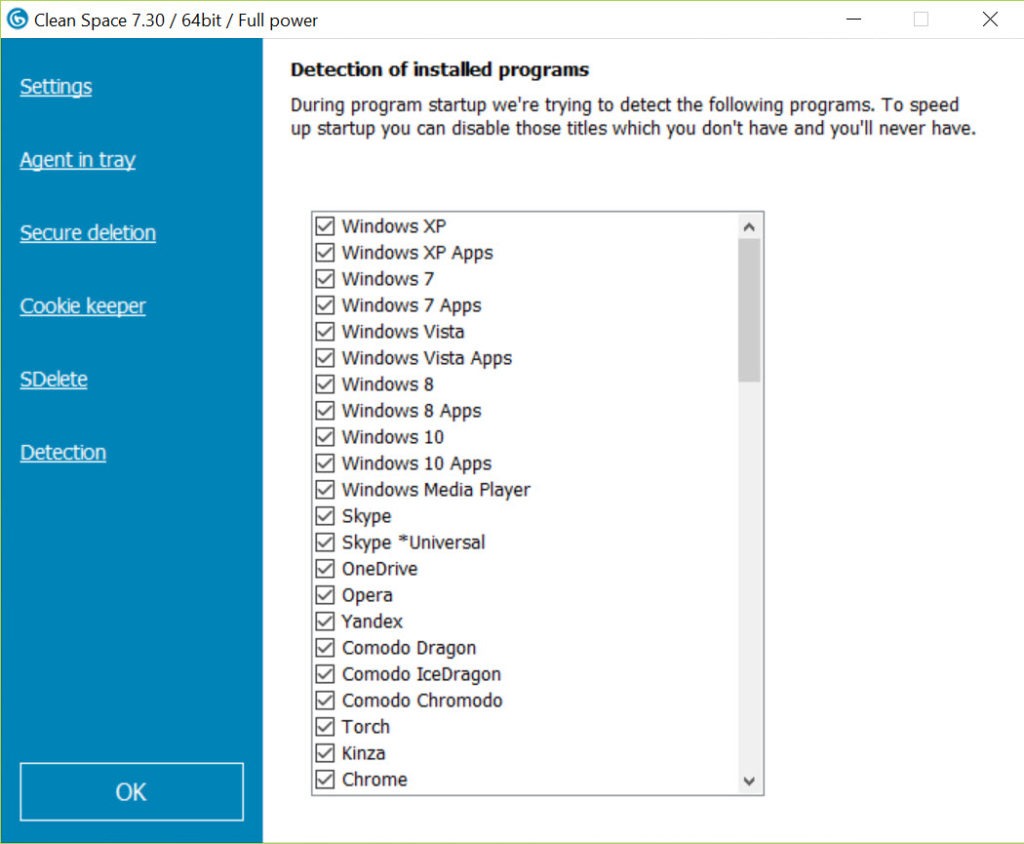
In 2019, for example, India blew apart one of its satellites orbiting Earth, creating hundreds of pieces of debris that threatened to collide with the International Space Station.Īccording to a recent report by NASA, at least 26,000 of the millions of pieces of space junk are the size of a softball.

Space junk has been a growing problem for years as human-made objects such as old satellites and spacecraft parts build up in low Earth orbit until they decay, deorbit, explode or collide with other objects, fragmenting into smaller pieces of waste. The Astroscale team performs pre-launch tests at the Baikonur Cosmodrome in February 2021. The goal is to prove the servicer satellite's ability to track down and dock with its target in varying levels of complexity. The mission, which will be run from the U.K., will carry out this catch and release process repeatedly over the course of six months. Using a magnetic docking technology, the servicer will release and try to "rendezvous" with the client, which will act as a mock piece of space junk. The spacecraft works by attempting to attach itself to dead satellites and pushing them toward Earth to burn up in the atmosphere.ĮLSA-d, which stands for End-of-Life Services by Astroscale, will be carried out by a "servicer satellite" and a "client satellite" that launched together, according to Astroscale, the Japan-based company behind the mission. The more than 8,000 metric tons of debris threaten the loss of services we rely on for Earth-bound life, including weather forecasting, telecommunications and GPS systems.


Known as ELSA-d, the mission will exhibit technology that could help capture space junk, the millions of pieces of orbital debris that float above Earth. The mission aims to demonstrate technology that could help clear space debris.Ī demonstration mission to test an idea to clean up space debris launched Monday morning local time from the Baikonur Cosmodrome in Kazakhstan. A rendering showing ELSA-d's concept of operations.


 0 kommentar(er)
0 kommentar(er)
